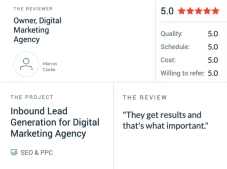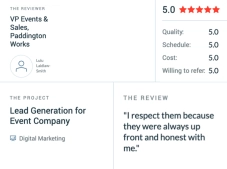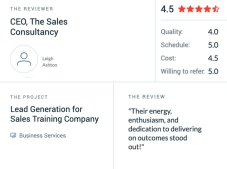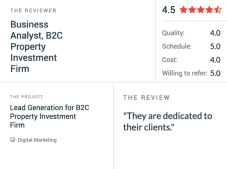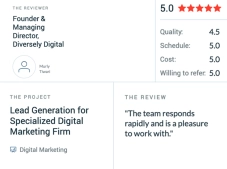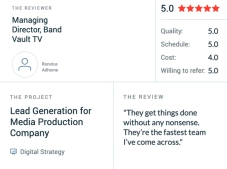What is A/B Testing in Email Marketing

Email marketing is crucial for businesses to reach customers and build brand loyalty. However, it’s not just about sending a mass email blast and hoping for the best. Email marketing campaigns must be carefully planned and executed to maximise effectiveness. One way to do this is through A/B testing.
In this blog, we’ll dive into what A/B testing is, how it works, and why it’s important for successful email marketing campaigns. We’ll also provide some best practices to help you get started with A/B testing and improve the performance of your email marketing campaigns.
So, let’s get started:
What Is A/B Testing, And Why Should Marketers Care?

A/B testing, or split testing, is a marketing technique that compares two versions of a web page or email campaign. By presenting these variations to different segments of your audience and measuring their responses, you can determine which version performs better regarding conversions, click-through rates, sign-ups, or any other metric you define.
Essentially, A/B testing allows you to make data-driven decisions about what content resonates best with your target audience.
Marketers should care about A/B testing because it enables them to optimise their campaigns for maximum impact. They can fine-tune their messaging and improve overall performance by identifying the elements that lead to higher engagement and conversion rates – such as headlines, images, calls-to-action (CTAs), and layout design.
How A/B Testing Works
In email marketing, A/B testing involves sending two different versions of an email to a subset of your email list and then determining which version performs better based on specific metrics.
Here’s how A/B testing works in email marketing:
- Determine what you want to test: You must determine what you want before you begin an A/B test. This could be anything from the subject line to the content to the call to action.
- Segment your email list: Next, you’ll need to segment your email list into two groups – Group A and Group B. This can be done randomly or based on specific criteria, such as location or previous engagement.
- Create two versions of your email: Create two versions, with one variable changed between the two versions. For example, test two different subject lines, calls-to-action, or images.
- Send the two versions of your email: Send one version of your email to Group A and the other to Group B. Make sure to send the emails simultaneously and on the same day to ensure accurate results.
- Analyse the results: After the emails have been sent, analyse the results to determine which version performed better. Look at metrics such as open rates, click-through rates, and conversion rates to make your determination.
- Implement the winning version: Finally, implement the winning version of your email to the remainder of your email list.
Regularly conducting A/B tests in your email marketing campaigns can improve your email performance and achieve better results over time.
Best Practices For A/B Testing In Email Marketing
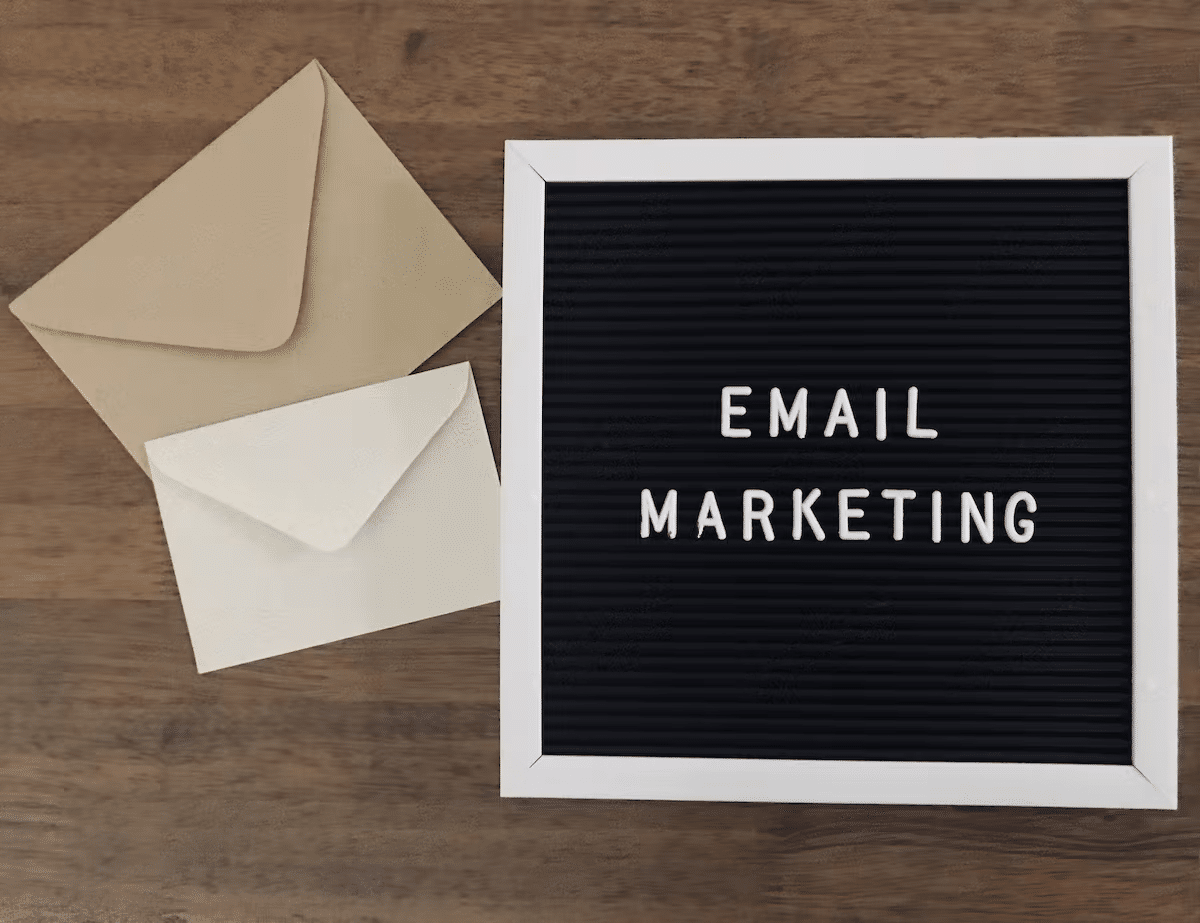
A/B testing is an effective way to optimise email marketing campaigns and improve engagement with subscribers. Here are some best practices to follow when conducting A/B tests:
- Test only one variable at a time: To get accurate results, testing only one variable at a time is important. For example, test subject lines, email content, and so on.
- Test a large enough sample size: It’s important to test a large enough sample size to get reliable results. Typically, a sample size of at least 1,000 subscribers per variation is recommended.
- Set a clear goal: Before conducting an A/B test, set a clear goal for what you want to achieve. This could be increasing open rates, click-through rates, or conversions.
- Test regularly: A/B testing should be an ongoing process and should be conducted regularly to continue optimising your email campaigns.
- Analyse and act on results: After conducting an A/B test, analyse the results and make changes accordingly. Use the data to inform future email marketing decisions and optimise your campaigns.
By following these best practices, you can ensure that your A/B testing efforts lead to more effective email marketing campaigns and stronger engagement with your subscribers.
Benefits of A/B Email Testing
Here are some benefits of A/B email testing:
Improved Open Rates
A/B testing allows you to test different subject lines and see which performs better. This can lead to improved open rates and higher engagement with your email campaigns.
Increased Click-Through Rates
By testing different calls-to-action (CTAs), you can see which resonates better with your audience and leads to increased click-through rates.
Better Engagement
A/B testing allows you to tailor your content to your audience’s preferences, leading to higher engagement and increased conversions.
Improved Segmentation
By testing different versions of your email to different audience segments, you can learn more about what works best for each group and improve your segmentation strategy.
Data-Driven Decision Making
A/B testing provides you with data that you can use to make informed decisions about your email marketing strategy. By analysing the results of your tests, you can make changes that improve the effectiveness of your campaigns.
Overall, A/B email testing is a powerful tool to help you optimise your email marketing campaigns and improve your results.
What Can You A/B Test?
When it comes to email marketing, there are many different elements that you can A/B test.
Here are some examples:
- Subject lines: Test different subject lines to see which ones get the highest open rates.
- From name: Test different sender names to see which ones get the most engagement.
- Call-to-action (CTA): Test different CTAs to see which ones get the highest click-through rates.
- Email design: Test different email designs to see which ones get the most engagement.
- Personalisation: Test personalising the email with the recipient’s name or other information to see if it increases engagement.
- Sending time: Test sending the email at different times of the day or on different days of the week to see which time gets the most engagement.
- Email content: Test different content in the email to see what resonates best with your audience.
By testing these elements, you can gain insights into what works best for your email marketing campaigns and improve your overall email performance.
Conclusion
A/B testing is an essential tool for email marketers who want to improve the effectiveness of their campaigns. By testing different variables, businesses can determine what resonates best with their target audience and optimise their campaigns for success.
We’ve covered a lot in this blog, including the definition of A/B testing, how it works, and the benefits it can provide to businesses of all sizes. As you progress with A/B testing in your email marketing campaigns, remember that it’s not a one-time process. It’s an ongoing practice requiring monitoring and adjustment to improve results.
In conclusion, A/B testing is valuable for businesses to increase their email marketing success.
By understanding how it works and following best practices, you can optimise your campaigns and achieve higher open rates, click-through rates, and, ultimately, better engagement with your audience.
So, start testing and see the impact on your email marketing campaigns today!
Was this article helpful? Let us know in the comments.
FAQS
How many variations should I test in an A/B test?
Testing only one element at a time in an A/B test is recommended to ensure the results are conclusive. However, you can test more than one element at a time, but it increases the complexity of the test and may require a larger sample size.
What examples of variables can be tested in A/B testing for email marketing?
Examples of variables that can be tested in A/B testing for email marketing include subject lines, email copy, call-to-action buttons, personalisation, and sending times.
What tools can be used for A/B testing in email marketing?
Many email marketing platforms like Mailchimp, Constant Contact, and Campaign Monitor offer built-in A/B testing tools. Standalone A/B testing tools, such as Optimizely and VWO, can be used for email marketing and other digital marketing channels.







